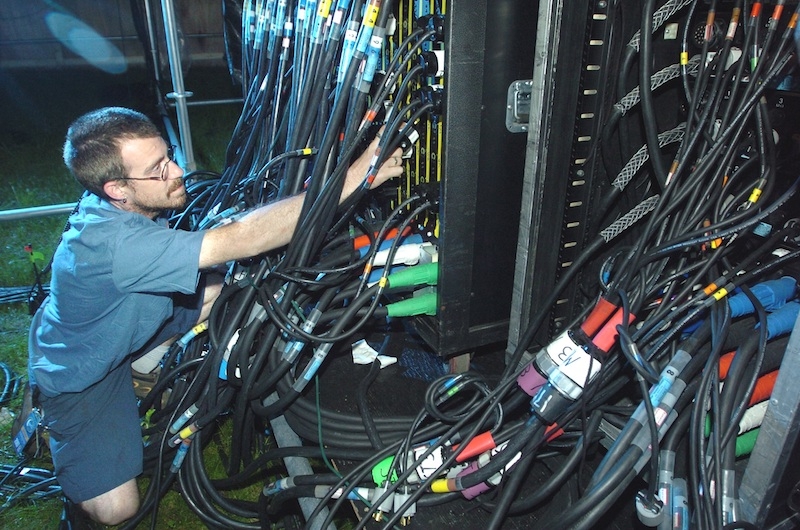
Features
Blog
Technical Safety BC study identifies electric shock risks, responds with recommendations
December 4, 2018 | By Peter Saunders

December 4, 2018 – Earlier this year, Technical Safety BC worked with Baker Engineering and Risk Consultants (BakerRisk) to conduct an electric shock fault tree workshop, so as to evaluate potential causes of electric shocks and make recommendations to address the key causal factors behind those risks.
Participants in the workshop identified the following three causal factors for electric shocks:
1. Interference with dangerous electrical systems on the part of the general public or untrained workers poses a risk.
2. Technical Safety BC does not retain a record of all certified journeymen or apprentices working in the province, nor does it track the extent or content of continuing education programs. This lack of oversight allows electrical workers and contractors to undertake work for which they lack the appropriate level of knowledge and experience.
3. Due to the nature of work in the electrical industry, with large numbers of small or independent contractors, a lack of education and understanding on the part of these smaller organizations was contributing to overall risk across the province.
At the end of the workshop, the following eight recommendations were made to address the aforementioned factors identified in the fault tree:
1. Develop a program to promote the existing reporting processes for incidents and ‘near misses’ (under both Technical Safety BC and WorkSafeBC).
2. Include material that covers the existing requirements and methods for reporting incidents and near misses at the curriculum level for electrical apprentices and at other opportunities.
3. Research and acquire more external data sources to support targeted risk treatment activities.
4. Review the current curriculum for apprenticeship and certification with the intent to develop content to improve understanding of isolation procedures and verification and testing procedures.
5. Create and promote an e-learning course to address the same content as in recommendation #4, then make it a requirement for field safety representative (FSR) certification renewal (as well as make the content available to apprentices/journeypeople without FSR certification). Partner with industry associations and trainers to allow the material to be widely disseminated.
6. Improve the existing oversight model of electrical contractors and asset owners to close the current gap related to journeypeople not having workplace-appropriate knowledge or training or not maintaining that training. (Currently, FSRs are certified and tracked by Technical Safety BC, but journeymen and apprentices are not tracked or directly monitored in any way.)
7. Create a general awareness campaign to improve public knowledge of shock risks, similar to the ‘call before you dig’ program. Partner with other organizations to promote the program as widely as possible.
8. Create an orientation program for contractors/asset owners/operators (potentially tied to issuance/renewal of licence/operating permit) that addresses the identified issues.
The workshop was part of a Technical Safety BC project to detect and mitigate emerging and known technical safety risks in the province. Aside from electric shocks, the other risks being analyzed include carbon monoxide exposure, ammonia release, escalator brake failure, entrapments and pileups. The project uses the fault tree method, which starts with choosing a final event—such as an electric shock—and works backwards to identify all of the possible causes of the event.
This article was compiled by Technical Safety BC. To read the full study, click here.
Print this page